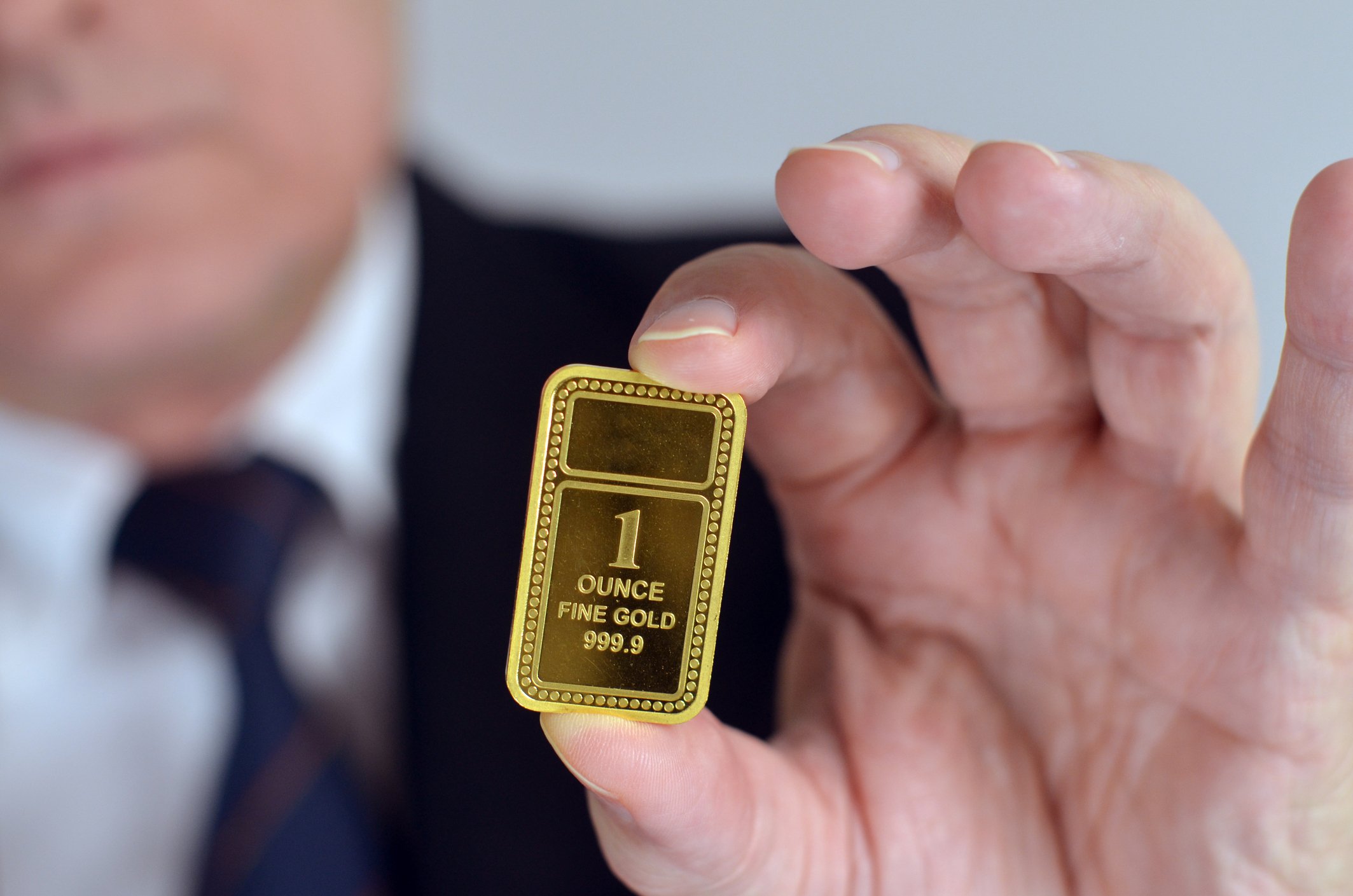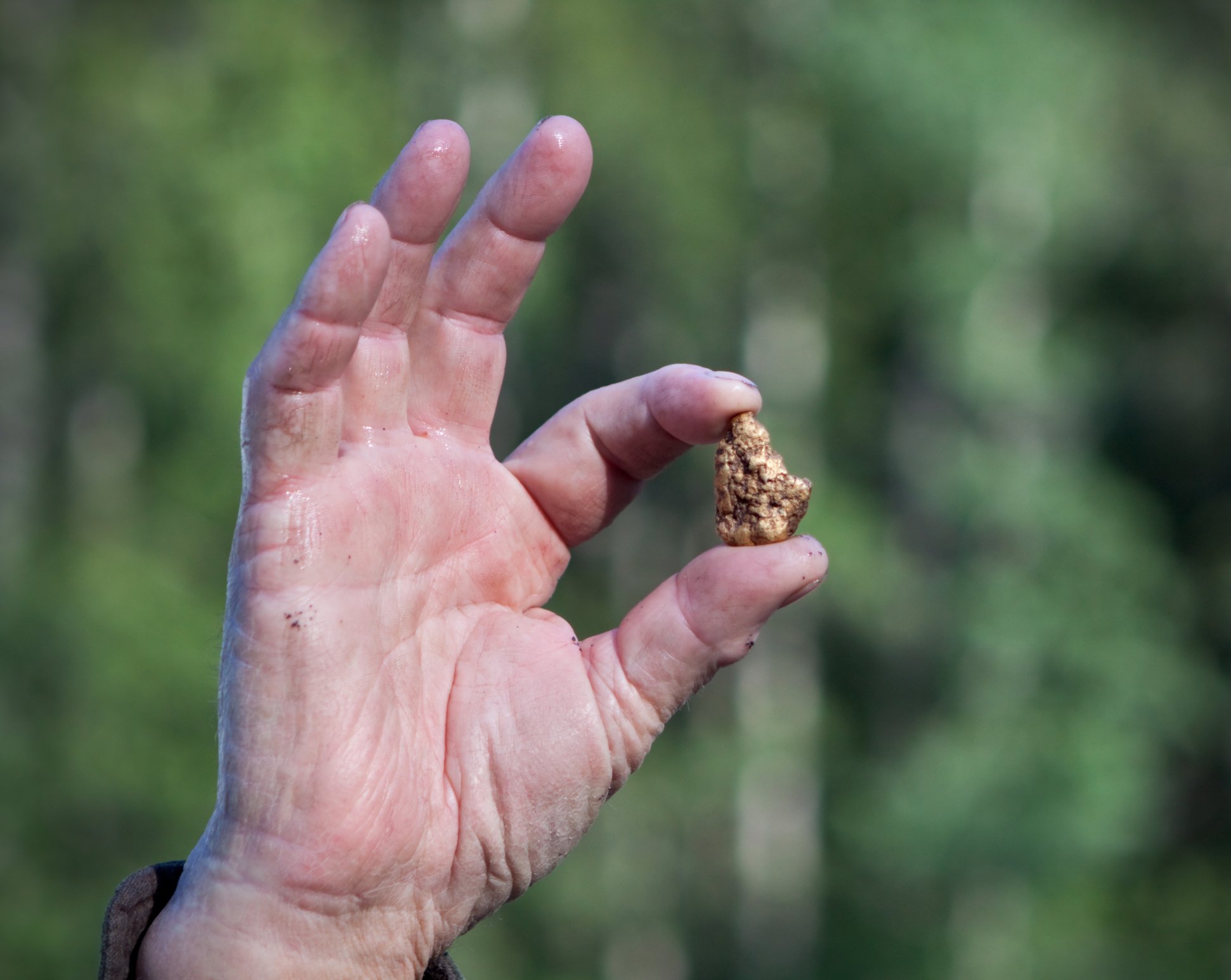
What: Royal Gold(RGLD +0.20%) stock sank a hefty 18% last month, recovering some lost ground earlier in January, as gold prices started to tick higher. But the full-month drop starts 2016 on nearly as bad a note as 2015 ended, because the precious metals company's shares fell roughly 40% last year. But there's more going on here than meets the eye.
So What: In early January, Royal Gold announced its production and sales data for the fourth quarter of 2015. Although it sold materially more gold, it earned less per ounce sequentially compared to the third quarter, and much less than it did in the same period a year ago. So it's not surprising that investors were negative on the shares, because the price of what the company sells has been languishing.
The thing is, Royal Gold isn't a precious metals miner -- it's a streaming company. This means that it provides upfront cash payments to miners in exchange for the right to buy precious metals in the future at reduced prices. In the fourth quarter of 2015, Royal Gold paid just $370 per ounce for the gold it sold. That's well below the current price of gold. So it's earning less per ounce than it once did, but it's still got a lot of leeway between what it pays for gold and the current market price.
In fact, despite the weak precious metals market, Royal Gold looks to be in fine shape. On the company's investor relations page, CEO Tony Jensen is quoted saying, "While many companies in the gold sector have been busy implementing survival strategies, we have been building our business." What's that mean? In 2015, the company inked a $610 million streaming deal with Barrick Gold (ABX +1.31%), a $175 million deal with New Gold, a $525 million deal with Teck Resources (TCK +3.69%), and a $130 million deal with Golden Star Resources.
Essentially, miners like Teck and Barrick are facing big headwinds from falling commodity prices. They need cash to either continue their expansion efforts, or to shore up their balance sheets. Royal Gold has been able to take advantage of that situation by providing the cash, and growing its future "stream" of precious metals. In fact, Royal Gold upped its dividend 5% in November. That's the exact opposite of what Teck and Barrick have been doing with their dividends, and shows the strength of Royal Gold's underlying business model.
Now What: If you're looking at the gold space for an investment, consider a company like Royal Gold. It avoids the costs and risks associated with running mines, and thus has very low operating costs. Falling gold prices hurt the top and bottom line, but its cost structure is far more desirable than a direct miner, and the November dividend hike shows it's holding up well. Thus, the share price decline last year and early this year could be a case of investors throwing out the baby with the bathwater.








